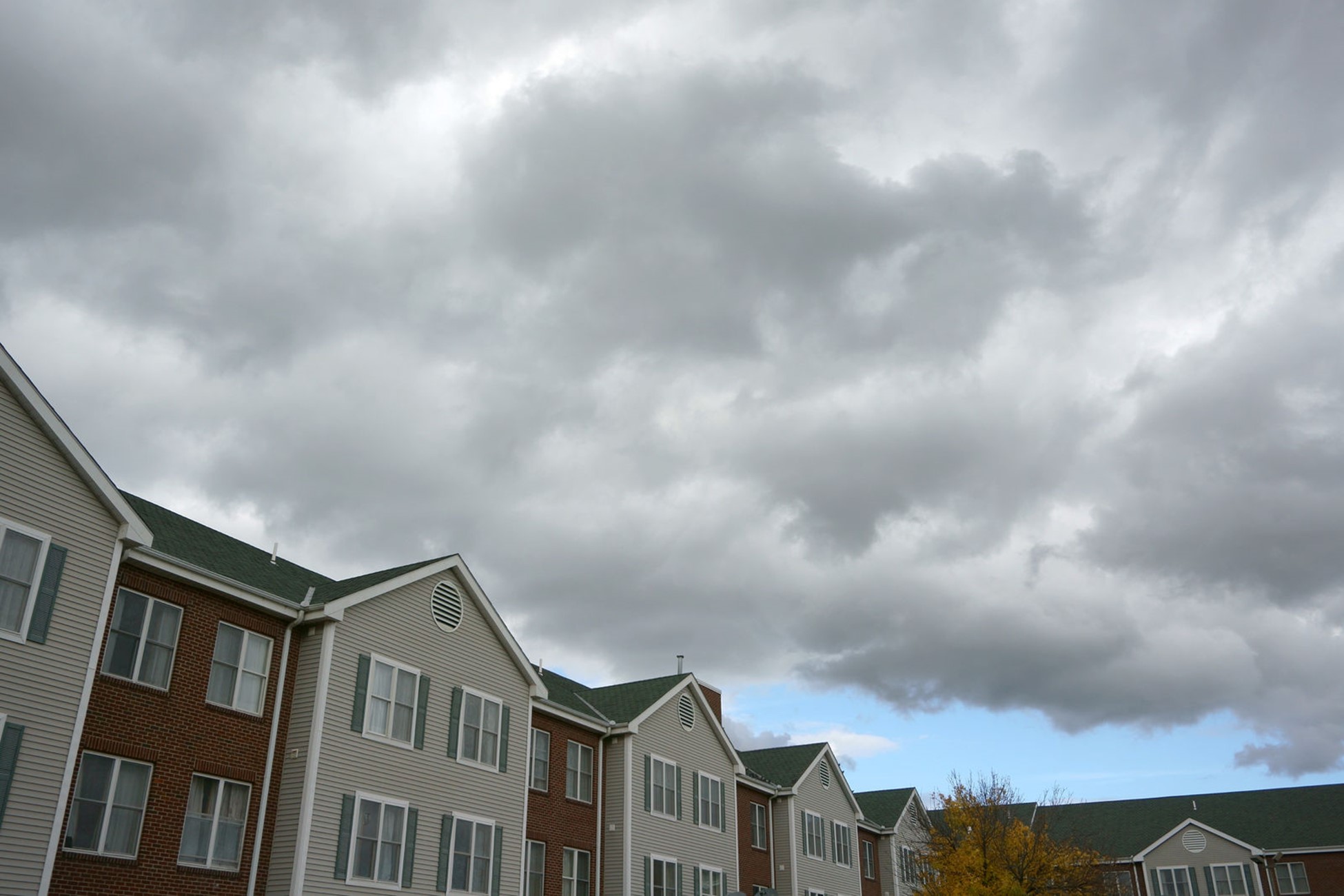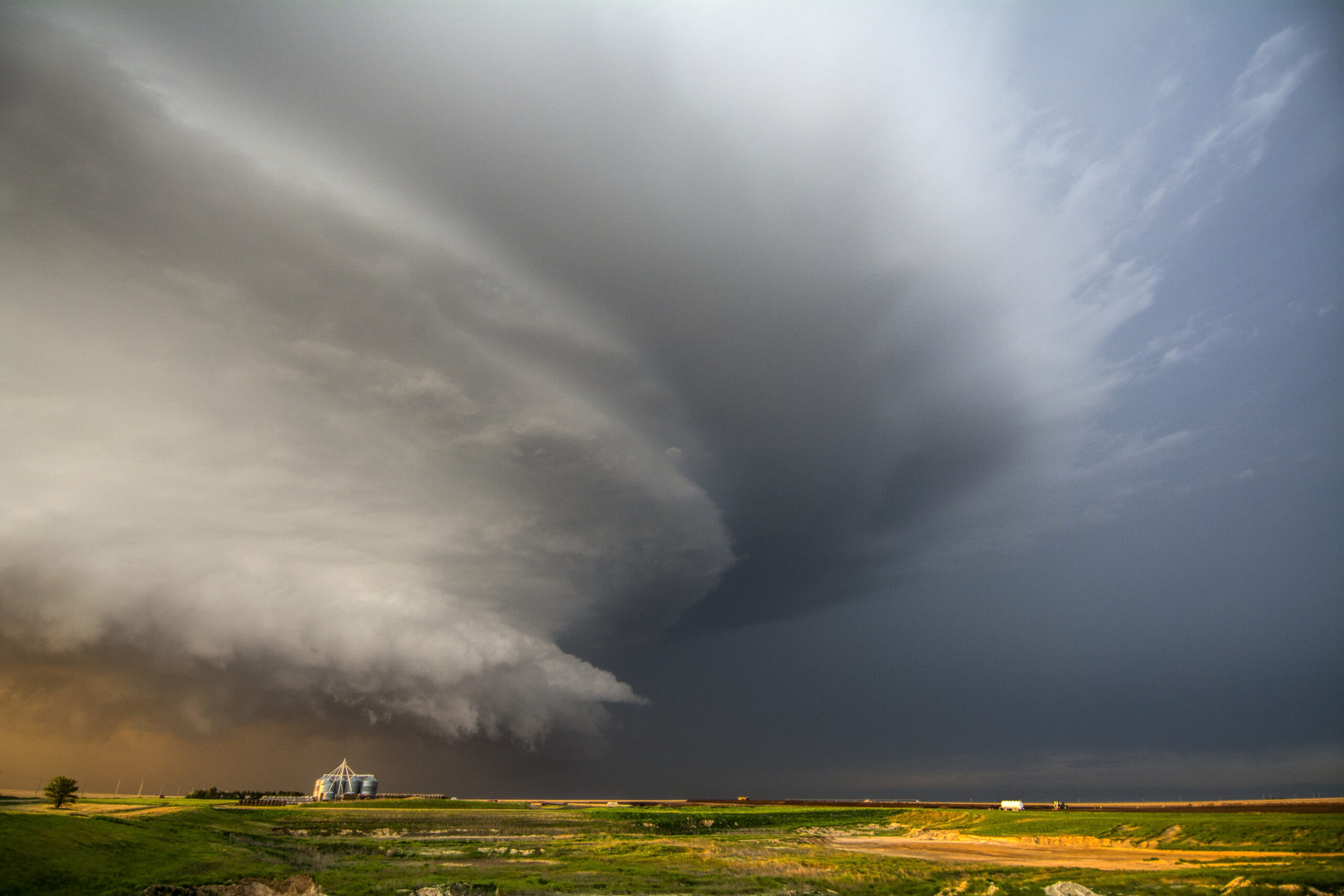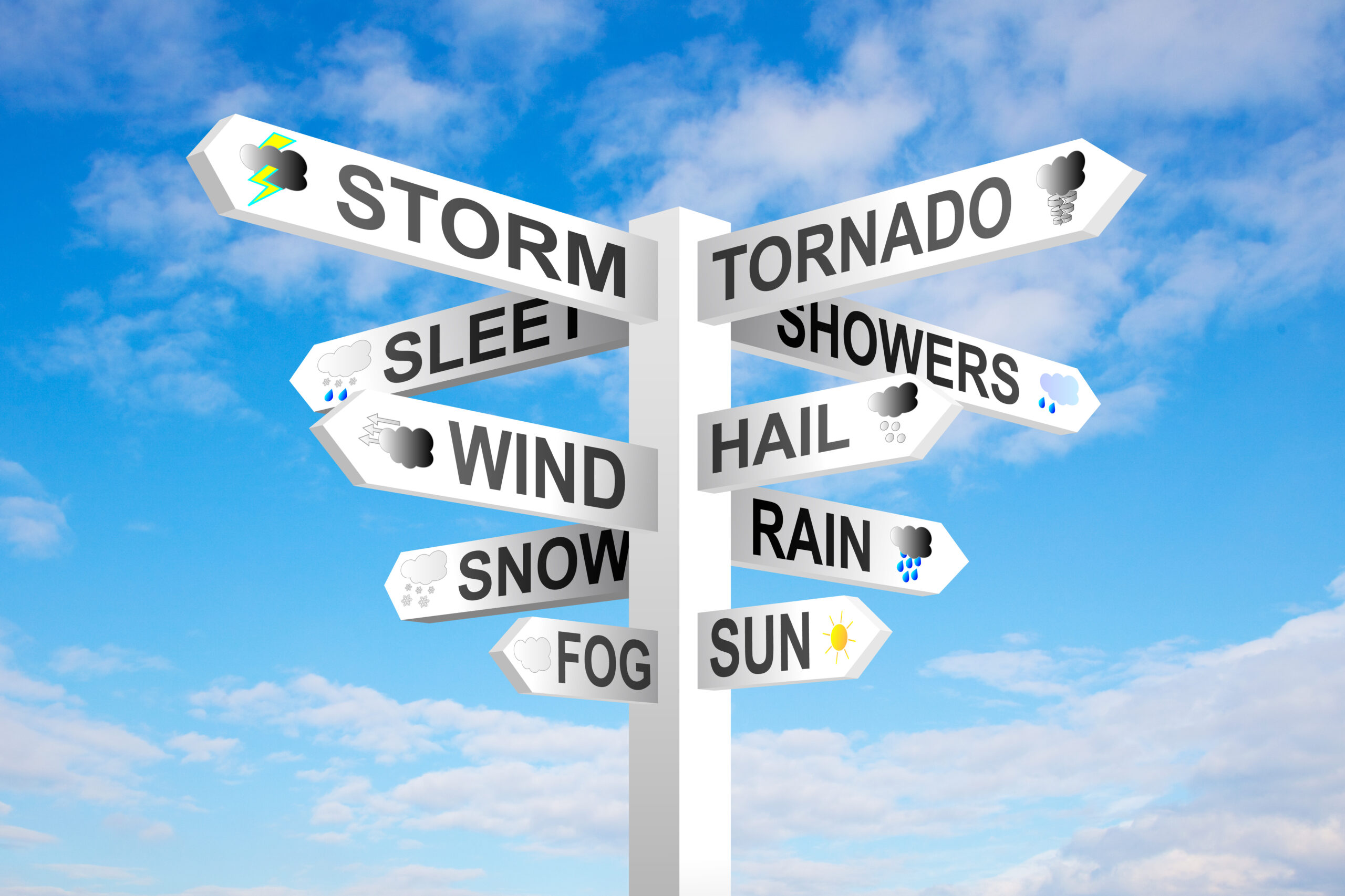With an increasing threat of catastrophic weather events like hail, wind and hurricanes, insurance companies are looking for ways to lower payouts and minimize their risk, especially when it comes to large communities like an HOA. One way insurance carriers are doing this has been to shift deductibles from a traditional flat dollar amount to percentages for these specific weather perils. This change can dramatically impact policyholders as they will end up paying more should they have to file a claim.
If you are an HOA Board Member and are concerned about how a percentage deductible could impact future claims, read on to learn what solutions you have and how to best protect your HOA.
How Percentage Deductibles Work
Percentage deductibles are calculated based on the amount the building is insured for. In order to understand how this could impact future claims you first need to know what your deductible percentage is and what your HOA is insured for. This can be found in the declarations section of your insurance policy. Percentage deductibles can be anywhere from 1-10%.
Recently we were retained by an HOA that suffered significant hail damage and upon review of their master policy discovered they had a 5% deductible and were insured for $20M. This means that they would be financially responsible for a $1M deductible should they file the claim. This is a huge financial burden! Even if the HOA could pay the $1M deductible from reserves, a hefty assessment would have to be passed along to the unit owners to help offset such a significant drain.
This is just one example to show how important it is for HOAs to understand their specific insurance policy and plan ahead should a claim ever have to be filed.
Possible Solutions For HOAs With Percentage Deductibles
Option 1: Check For “Loss Assessment” Coverage
Sometimes individual unit owners carry “loss assessment” coverage on their HO-6 policy to alleviate this potential financial burden. While this can be a solution, this additional coverage appears to be less and less common and presents its own set of issues. For instance, in the scenario above imagine the painstaking process of collecting checks from 100 homeowners waiting for each of their 100 different HO-6 carriers to process the claim? If reserves weren’t sufficient to cover the deductible, an HOA would have to borrow money while this process played out.
Option 2: Deductible Buyback Coverage
In our experience, a better solution is for the HOA to purchase an additional policy known as deductible buyback coverage. This would be a separate policy and be used in addition to the master HOA policy. Generally the HOA’s broker would procure this coverage from a surplus lines carrier and the policy would serve as an umbrella should an HOA be faced with this scenario.
Know What You Are Covered For BEFORE A Storm Hits
Of course all of these solutions are hindsight once a storm hits and a claim is filed. The only way to be prepared prior to a claim is to review your master HOA policy before the storm has occurred. Huge deductibles are just one of many potential policy pitfalls we see. Keep an eye out for cosmetic damage endorsements, lack of code coverage (a.k.a. increased cost of construction) and actual cash value endorsements. As a rule of thumb policies should be reviewed every year with your broker and these various types of coverages should be explained. If any new endorsements/ changes occur throughout the year they should be reviewed upon inception.
In addition to adjusting insurance claims for HOAs C3 Group also offers complimentary policy reviews consultations to make sure our clients are prepared prior to a claim ever being filled. Contact us today to learn more and get in touch!







